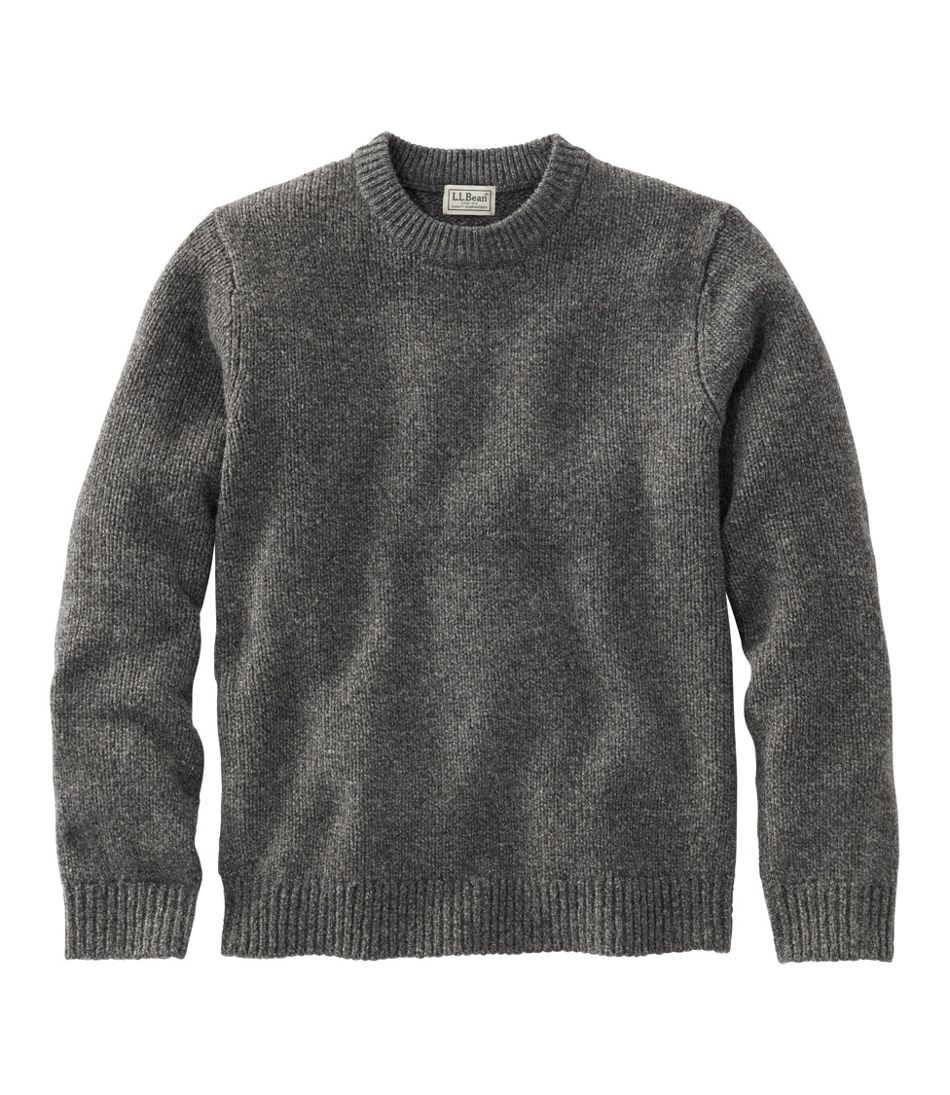How to wash knit sweaters, whether they are made from natural fibers like wool, cashmere, or cotton, or synthetic blends, can be delicate items in your wardrobe that require special care to maintain their shape, softness, and color. Proper washing techniques are essential for preventing shrinkage, stretching, and damage to the fabric’s knit structure. This guide will walk you through the process of cleaning your knit sweaters effectively while preserving their integrity.

How to wash knit sweaters: Ensuring Their Longevity and Beauty
1. Understanding Your Sweater’s Material
Before washing a knit sweater, always check the care label for specific instructions. Different materials demand different treatments:
Wool and Cashmere:
These luxurious fibers can be sensitive to water temperature and agitation. Many recommend hand washing with a gentle detergent designed for delicates or dry cleaning.
Cotton and Linen:
While more durable, these knits may still benefit from gentle treatment. Machine-washing on a cold or delicate cycle is usually acceptable, but avoid hot water as it can cause shrinkage.
Synthetic Fibers:
Acrylic, polyester, and nylon sweaters can often withstand machine washing but choose the gentle cycle and use mild detergent.

2. Hand Washing Technique
For most knitwear, especially fine or luxury pieces, hand washing is the safest method:
Fill a clean sink or basin with cool or lukewarm water. Add a small amount of mild detergent designed for delicate fabrics.
Submerge the sweater gently, avoiding any excessive twisting or pulling which could stretch the material. Let it soak for about 10-15 minutes.
Gently press the sweater against the water to release dirt and stains, rather than rubbing or scrubbing.
Drain the soapy water and refill with cool, clean water to rinse. Continue rinsing until the water runs clear.
To remove excess water, gently press the sweater against the side of the sink or lay it flat on a towel, then roll up the towel and press down lightly. Do not wring or twist the sweater.
3. How to wash knit sweaters- Machine Washing
Machine washing knit sweaters can be a convenient method, provided it is done with the right precautions to maintain their shape, texture, and color. This guide offers a comprehensive step-by-step process for effectively machine-washing your knitwear without causing damage or shrinkage.
Pre-Wash Assessment
Before placing your knit sweater in the washing machine, always check the care label for specific instructions. Some delicate fabrics may require hand washing or dry cleaning. If the label indicates that machine washing is suitable, proceed with the following steps:
- Turn the sweater inside out to protect the outer surface from abrasion and to help preserve its appearance.
- Remove any detachable items such as zippers or buttons that might cause snagging.
- Check for stains and pre-treat them using a gentle fabric stain remover.
Setting Up Your Machine
- Ensure your washing machine is clean and free from residue that could transfer onto your sweater.
- Choose the gentlest cycle available, typically denoted as ‘delicate,’ ‘hand wash,’ or ‘wool cycle.’
- Use cold water only, as hot water can lead to shrinkage and deformation, especially in wool and cashmere sweaters.
- Measure and add a mild, dye-free, and bleach-free detergent designed for delicates. Avoid fabric softeners which can weaken fibers over time.

Loading and Washing
- Place the turned-inside-out sweater into a mesh laundry bag to prevent excessive friction and entanglement during the wash cycle.
- Do not overload the machine; wash your sweater separately or with other similar delicate items to minimize agitation.
- Start the washing cycle, ensuring you remain nearby in case you need to pause or stop the machine if you hear excessive agitation.
Post-Wash Handling
- Once the cycle has finished, immediately remove the sweater from the machine to prevent creasing and further stretching caused by wet weight.
- Gently squeeze out excess water, but do not wring or twist the sweater, as this can distort its shape.
- Lay the sweater flat on a clean, absorbent towel. Smooth it out, reshape it to its original dimensions, and lay it flat to air-dry. Make sure to straighten the sleeves and collar.
- Avoid direct sunlight and heat sources like radiators or clothes dryers, as these can cause fading, shrinking, and distortion.
Drying and Storage
- Allow the sweater to dry completely before storing. This process could take several hours or even days depending on the thickness of the knit.
- When fully dry, fold the sweater neatly, avoiding any sharp creases, and store it in a drawer or on a shelf. For added protection against moths, consider using cedar blocks or lavender sachets.
- Regularly inspect stored sweaters for signs of wear or moth damage and air them out periodically to maintain freshness.
Machine washing your knit sweaters can be a practical approach when executed with caution and care. By understanding the specific needs of your sweater’s fabric and following this meticulous process, you’ll ensure your knitwear remains in excellent condition for an extended period. Always prioritize gentleness throughout each stage of the process to keep your sweaters looking their best.

4. Drying and Storage
Drying sweaters correctly is crucial to maintaining their shape:
Lay the sweater flat on a clean, absorbent towel, reshaping it to its original dimensions as much as possible. Smooth out any wrinkles and straighten the sleeves.
Avoid hanging your sweater as gravity can stretch the shoulders and lengthen the garment over time.
Allow the sweater to air-dry completely away from direct heat or sunlight, which can cause fading and shrinking.
Once dry, fold the sweater neatly and store it in a drawer or closet, preferably in a breathable container or wrapped in acid-free tissue paper to prevent yellowing or discoloration.
5. Special Considerations
For heavily soiled or stained areas, pre-treat them with a spot cleaner before washing. Mothproofing measures such as cedar balls or lavender sachets can help protect wool and cashmere sweaters during storage.
Periodic cleaning is recommended; too frequent washing can degrade the fibers faster. If a sweater isn’t visibly dirty, airing it out between wears or giving it a light steam can refresh it without the need for a full wash.

Conclusion
Properly caring for your knit sweaters involves understanding their unique needs, using gentle products, and handling them with care throughout the washing and drying process. By following these guidelines, you’ll ensure that your cherished knitwear stays beautiful and wearable for many seasons to come.